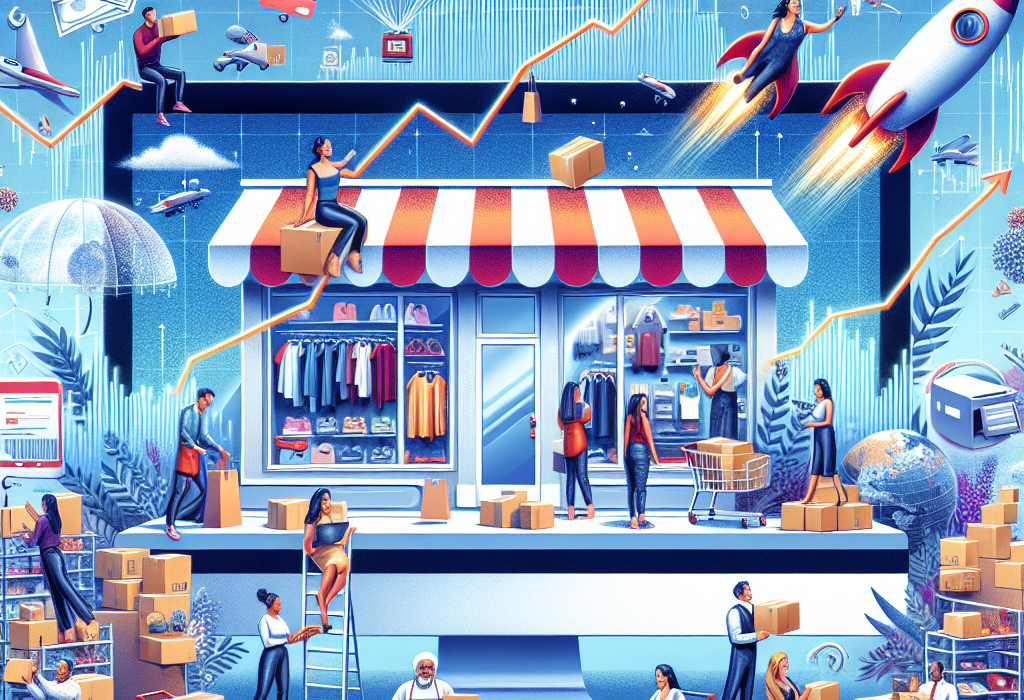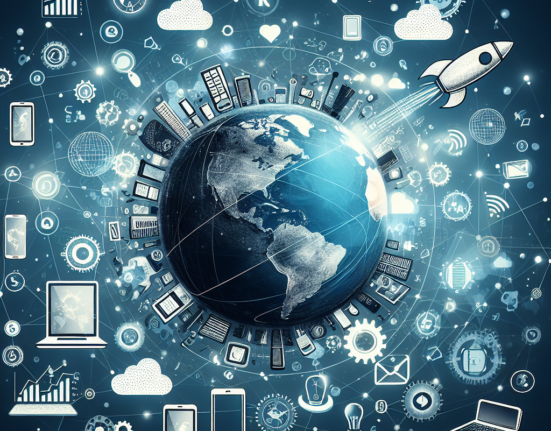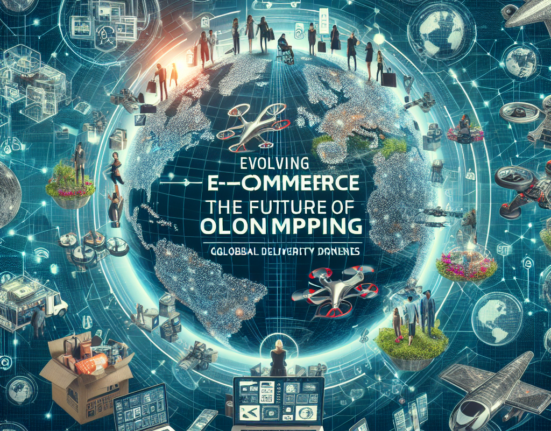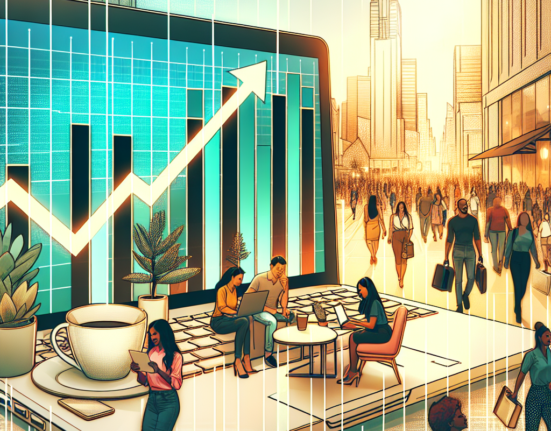In the last decade, the e-commerce landscape has experienced monumental growth, shifting from a novel concept to a necessity in the retail sector. With the COVID-19 pandemic acting as a significant catalyst, online shopping has become the norm for countless consumers worldwide. As we move further into the digital age, several emerging trends are poised to shape the future of online retail. From AI-powered personal shopping assistants to sustainable practices, here’s a glimpse into the trends driving the e-commerce explosion.
1. Artificial Intelligence (AI) and Machine Learning
AI and machine learning are revolutionizing the way retailers interact with customers. Through sophisticated algorithms, retailers can offer personalized shopping experiences, from product recommendations tailored to individual preferences to chatbots providing 24/7 customer service. Predictive analytics help anticipate consumer needs, leading to more effective inventory management and marketing strategies. As AI technology becomes more advanced, we can expect even more seamless and intuitive shopping experiences.
2. Augmented Reality (AR) and Virtual Reality (VR)
One of the main limitations of online shopping has been the inability to experience products tangibly. AR and VR technologies are bridging this gap. Virtual fitting rooms, for instance, allow customers to "try on" clothes or accessories using their devices. Home decor retailers are offering AR apps that enable shoppers to visualize how furniture will look in their space. These immersive technologies are reducing return rates and increasing customer satisfaction by ensuring a better match between the product and customer expectations.
3. Sustainability and Ethical Shopping
As consumers become more environmentally conscious, sustainability has become a critical differentiator for e-commerce brands. Companies are adapting by offering eco-friendly products, sustainable packaging, and transparent supply chains. Brands that prioritize and promote ethical practices are likely to build stronger customer loyalty. Furthermore, the rise of the circular economy, where products are reused, repaired, and recycled, is expected to gain traction, reducing waste and promoting sustainable consumption.
4. Mobile Commerce (M-Commerce)
With the ubiquity of smartphones, mobile commerce is no longer just an option but a necessity for online retailers. Optimizing websites for mobile devices and developing dedicated shopping apps can significantly enhance user experience and increase sales. Features such as mobile wallets, one-click payments, and push notifications for personalized offers are driving the convenience and popularity of m-commerce, making it an essential component of any e-commerce strategy.
5. Social Commerce
The integration of commerce into social media platforms, known as social commerce, is transforming shopping into a more interactive and community-driven experience. Platforms like Instagram, Facebook, and TikTok are enabling direct purchases through posts, stories, and live streams. Influencer partnerships and user-generated content are also playing crucial roles in product promotion and brand building. As social media platforms continue to innovate with new features, social commerce is set to become an even more integral part of the e-commerce ecosystem.
6. Voice Commerce
As smart speakers like Amazon Echo and Google Home become fixtures in households, voice commerce is emerging as a convenient shopping method. Consumers can make purchases, search for products, and even get personalized recommendations simply by using voice commands. Retailers are investing in optimizing their platforms for voice search to stay ahead in this growing market.
7. Subscription Models and D2C (Direct-to-Consumer)
Subscription services and direct-to-consumer models are seeing a surge in popularity. Subscription boxes offer curated, personalized experiences across various categories from beauty products to meal kits. The D2C approach allows brands to build direct relationships with customers, reduce costs, and provide unique offerings. Both models provide consistent revenue streams and strengthen customer loyalty.
8. Blockchain Technology
Blockchain is providing transparency and security in e-commerce transactions. By enabling decentralized and immutable record-keeping, blockchain assures customers of product authenticity and secure transactions. This technology is particularly advantageous for high-value goods and cross-border transactions, where trustworthiness and traceability are paramount.
Conclusion
The future of e-commerce is brimming with potential, fueled by rapid technological advancements and changing consumer expectations. Retailers who leverage these trends in AI, AR/VR, sustainability, m-commerce, social commerce, voice commerce, subscription models, and blockchain technology are well-positioned to thrive in this dynamic landscape. As these trends continue to evolve, they will undoubtedly redefine the boundaries of online retail, creating a more personalized, immersive, and sustainable shopping experience for consumers worldwide.
















Leave feedback about this
You must be logged in to post a comment.